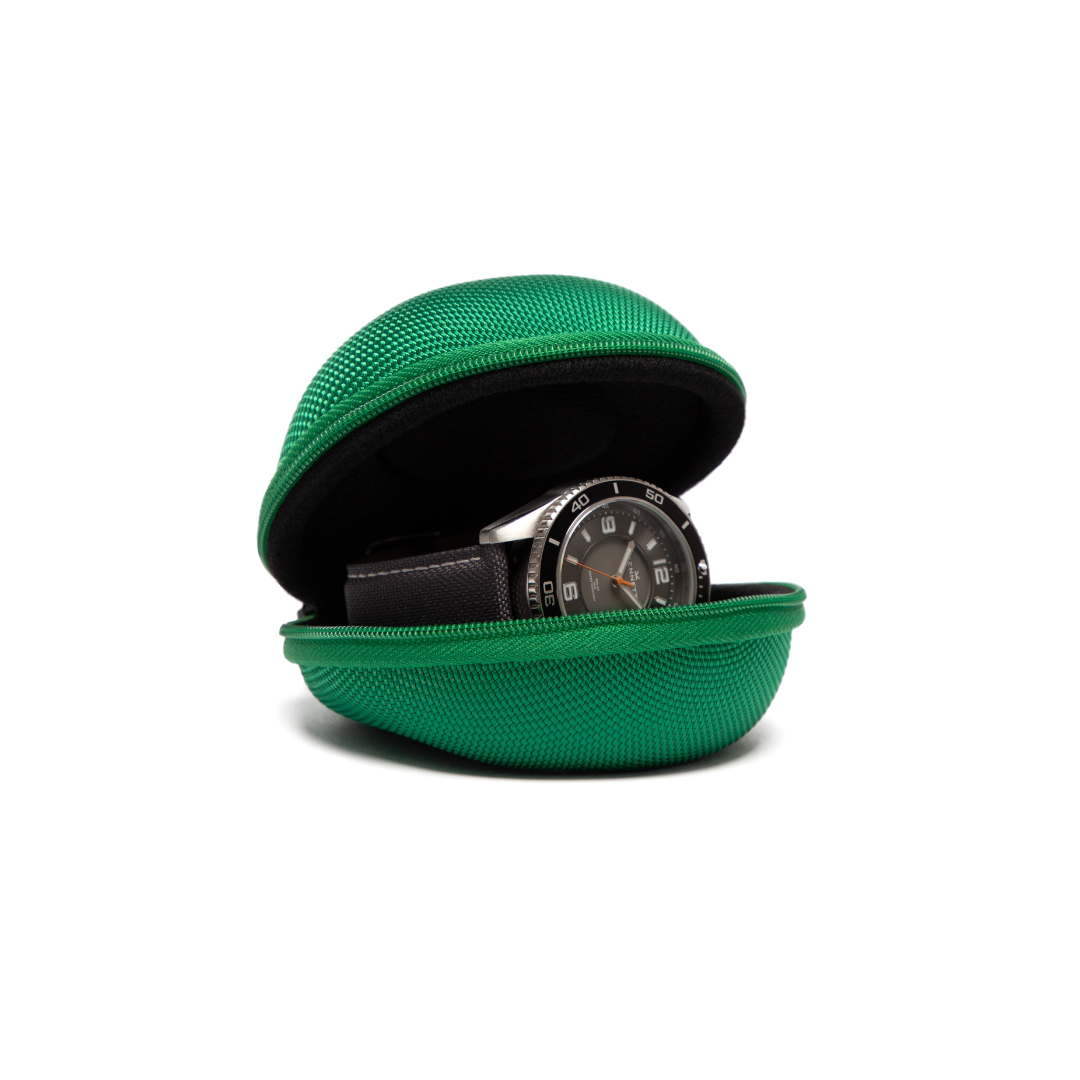Watches have long been more than just tools to tell time—they are a reflection of culture, fashion, and technological innovation. Their journey began in the 16th century with the creation of ornate pocket watches, predominantly used by the aristocracy. These early timepieces, though beautiful, were often inaccurate and seen more as status symbols than practical devices.
The shift to wristwatches began in earnest during World War I. Soldiers found it impractical to fumble with pocket watches in the trenches, prompting the adoption of wristwatches for their convenience and practicality. This transition laid the groundwork for the mass adoption of wristwatches in civilian life throughout the 20th century.
As engineering advanced, so did the mechanisms inside these timepieces. Mechanical and automatic movements dominated until the 1970s when the quartz revolution, led by Seiko, introduced highly accurate and affordable battery-powered watches. This era saw a boom in accessibility, with watches becoming everyday items for people of all walks of life.
In the 21st century, the emergence of smartwatches revolutionised the concept of wearable timepieces. These devices blend technology and tradition, offering features like step tracking, heart rate monitoring, message notifications, and even ECG readings. Brands like Apple, Samsung, and Garmin have redefined what it means to wear a watch.
Interestingly, this tech-driven evolution has sparked renewed interest in traditional mechanical watches. Collectors and enthusiasts appreciate the craftsmanship, heritage, and tactile connection offered by classic timepieces. While smartwatches dominate in terms of functionality, traditional watches maintain their allure through timeless design and longevity.
Today, the watch landscape is more diverse than ever. Consumers can choose from elegant mechanical dress watches, rugged sports models, or multifunctional smartwatches that serve as digital assistants. Each type offers a unique value, catering to different lifestyles and preferences.
The journey from pocket to smart is more than a technological tale—it’s a reflection of societal change. Watches have gone from being personal status symbols to essential tools for health and productivity. As innovation continues, one thing remains certain: the fascination with watches, in all their forms, is here to stay.


